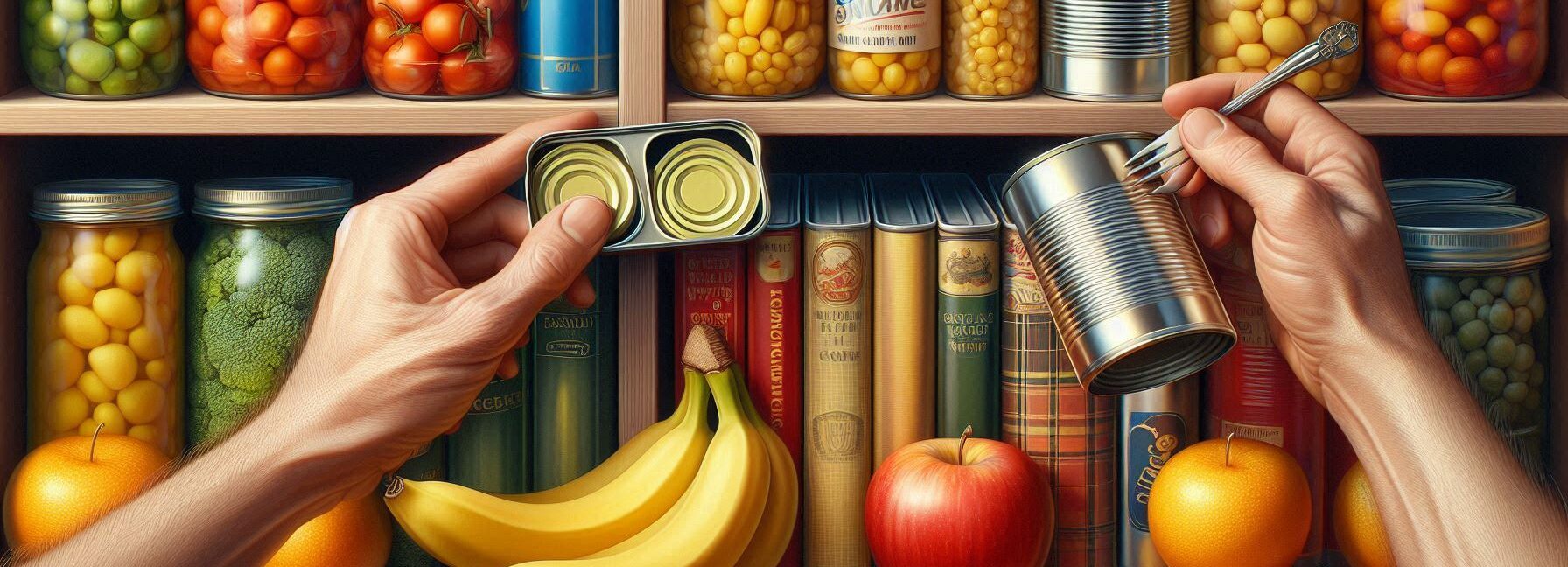Please Note: This post may contain affiliate links. If you click one of them, we may receive a commission at no extra cost to you. As an Amazon Associate, I earn from qualifying purchases.
Last Updated on October 19, 2025 by Kevin Collier
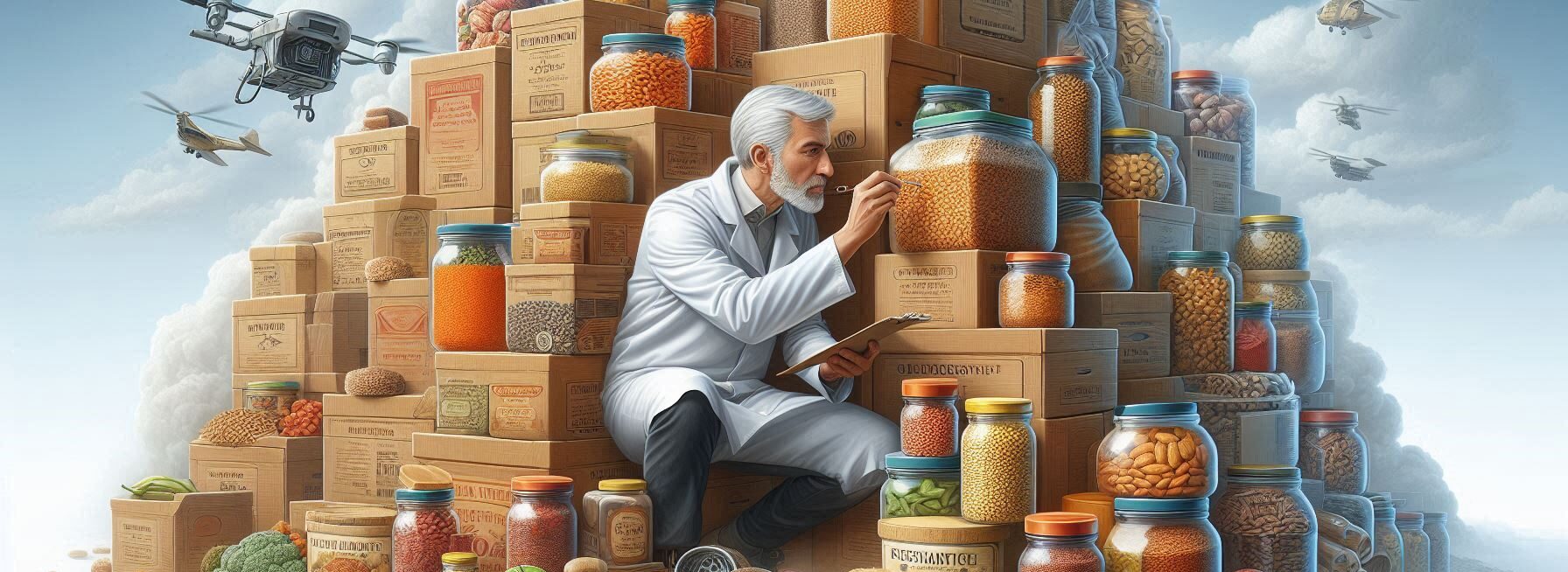
Top Takeaways and Key Concepts
- Stock a variety of freeze-dried and dehydrated foods you actually enjoy eating.
- Understand freeze-drying preserves nutrients better, while dehydration uses heat and loses some.
- Store foods in airtight containers in a cool, dark place away from sunlight.
- Build your stockpile gradually, adding a few items each week for consistency.
- Regularly review supplies, rotate older items forward, and discard anything spoiled.
Let’s be real. The world can get pretty wild. One moment you’re sipping coffee and soaking up the sun. Then, boom! You’re in a tricky spot, scrounging around for a snack. Maybe that half-eaten granola bar is still hiding in your bag.
This is where freeze-dried and dehydrated foods become your best buddies. Seriously! They’re super lightweight, so they won’t weigh you down. And they last a long time—kind of like that one pair of shoes you just can’t part with.
Stockpiling these foods makes you look like a real prepper. You know, the kind of person who’s got it all figured out. While others are panicking over old snacks, you’re calmly pulling out a tasty meal from your stash.
Imagine whipping up a meal that’s ready in minutes. Just add water, and voilà! Instant food magic. Plus, think about all those times you wanted something delicious but didn’t feel like cooking. These meals save the day!
And let’s not forget about flavor. Freeze-dried and dehydrated foods can taste really good. It’s like camping food, but way better. You can have fruits, veggies, or even full meals without the fuss.
So, while you’re stocking up, get a variety. Try different things. You never know what will become your favorite. It’s all about being ready for whatever life throws at you—without the stress.
Being prepared means you can enjoy those quiet moments without worry. Because you know you’ve got a yummy, safe meal waiting for you, even when things get a little chaotic.
Understanding Freeze-Drying vs. Dehydrating

*** Shop for Survival Gear - Tools - Kits ***
Survival Gear - Bags and Backpacks - Knives - Boots/Footwear - Communication
Outdoor Cooking - Gloves - Hydration - Dry Boxes - Water Filtration Systems
Tents - Sleeping Bags - First Aid Kits - Multi-Tools - Flashlights - Fire Starters
Navigation - Survival Food - Night Vision - Headlamps - Stun Guns - Binoculars
Before we go into how to stockpile, let's first make sure we know what freeze-drying and dehydrating entail. They sound so much alike that they could fool anyone who isn't a food scientist or a camping fanatic (guilty as charged).
Sublimation is a fancy word that means turning ice directly into vapor without first becoming liquid. Freeze-drying is the process of freezing food quickly and then removing moisture. This method keeps more flavor and nutrients than other ways.
It's like giving your food a day at the spa! On the other hand, dehydration progressively removes water from meals by using heat. It works to keep food fresh, but some nutrients may be lost along the route.
So why does this matter? Well, understanding these processes helps you choose which method suits your taste buds (and your emergency plans) best!
Choosing Your Foods Wisely
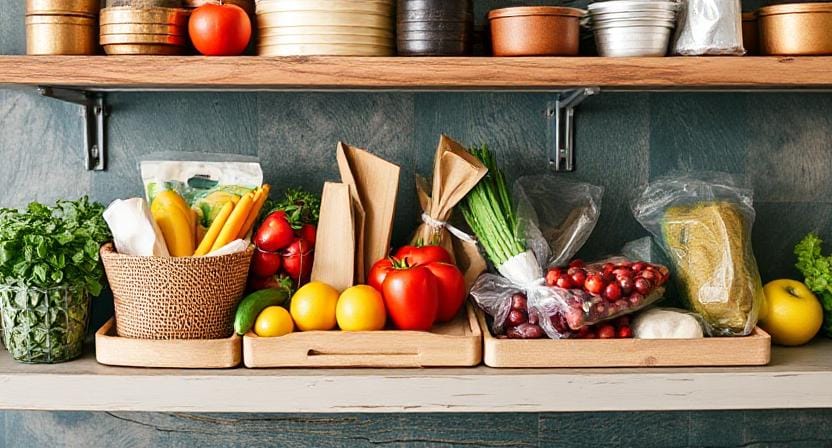
Now that we’ve covered the basics, let’s talk about what foods to stockpile. You might think any old thing will do—after all, who wouldn’t want 50 pounds of freeze-dried broccoli? But honestly, nobody wants to eat sad veggies when they're craving comfort food during an apocalypse!
Start with meals that you actually enjoy eating on regular days. Consider items like fruits (strawberries! apples!), vegetables (carrots! corn!), grains (rice! quinoa!), and proteins (chicken! beef!). The key here is variety; mix things up so that your emergency stash doesn’t resemble a punishment from a bad reality show.
And speaking of choices—don’t forget about snacks! Who doesn’t love some freeze-dried ice cream after surviving three weeks on canned beans? Just saying.
Storage Solutions That Work
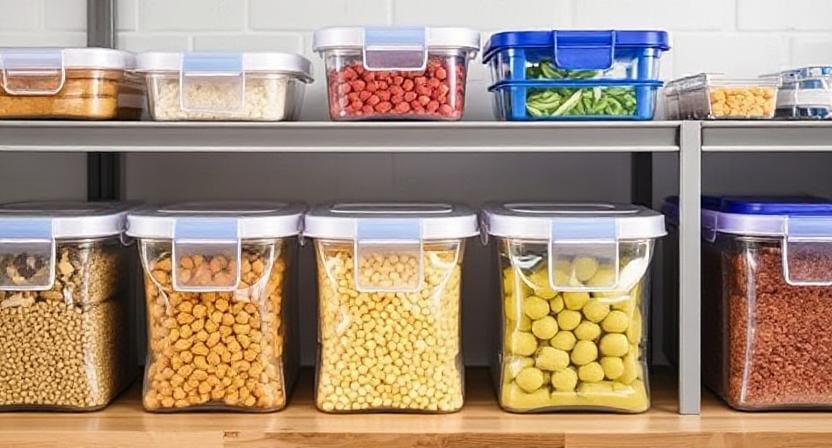
Once you've chosen your foods wisely, it's time to think about storage solutions. You could just toss everything into one giant box labeled “DOOMSDAY FOOD,” but I wouldn't recommend it unless you're going for that post-apocalyptic chic aesthetic.
Instead, consider using airtight containers or vacuum-sealed bags to keep moisture out—moisture is the enemy here! Label each container with contents and expiration dates because trust me; you’ll forget what was inside after six months of not looking at it.
Also, store your supplies in a cool dark place away from sunlight because no one wants their precious provisions turning into sun-baked bricks of despair!
Building Your Stockpile Gradually
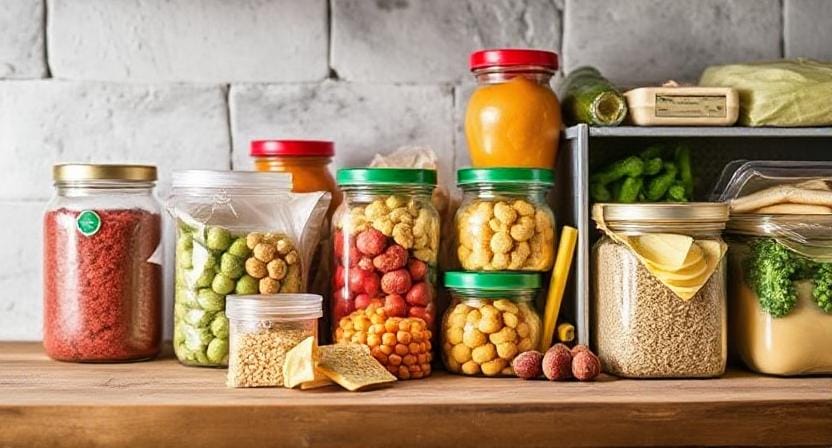
Honestly, building up your stockpile doesn’t have to happen overnight. Rome wasn’t built in a day—and neither should your emergency pantry be stuffed full of every freeze-dried item known to mankind by tomorrow morning!
Start small by adding one or two items each week during grocery shopping trips. You know those impulse buys at checkout? Instead of candy bars or magazines featuring celebrity gossip (who cares?), grab some freeze-dried fruit instead! It’s healthier AND prepares you for whatever disaster lurks around the corner.
As time goes on and funds allow—let's be real; we all have budgets—gradually expand your collection until you've got enough food stored away for several weeks or even months.
Regularly Reviewing Your Supplies

Having great stuff stashed away means little if you forget about it completely! Make sure to regularly review your supply so nothing gets lost in the depths of culinary oblivion.
I recommend doing check-ins every six months—or whenever you're feeling particularly adventurous in terms of pantry exploration—to ensure everything is still good quality. During these reviews: rotate older items forward so they get used first while making room for newer ones behind them—a classic FIFO system at work!
And remember: if anything looks suspicious (i.e., bulging cans or strange smells), don’t take chances; toss them out like yesterday's leftovers!
Cooking With Your Stash
Finally—and here’s where things get fun—learn how to cook with these ingredients now rather than later when you're faced with hunger-induced panic!
Try experimenting with different recipes using both freeze-dried and dehydrated foods ahead of time so that come crunch time (pun intended), you'll know exactly how much water needs added back into those potatoes before cooking.
YouTube has countless tutorials demonstrating meal prep techniques using these foods too—you’ll feel like Bear Grylls whipping up gourmet meals under pressure!
So there you have it—the ultimate guide on stocking up on freeze-dried and dehydrated goodies without losing your mind along the way!
Suggested Resources:
The Ultimate Guide to Food Storage
https://www.foodstorage.com/ultimate-guide-to-food-storage
How To Store Freeze-Dried Food
https://www.prepperswill.com/store-freeze-dried-food/
Dehydrating Food 101
https://www.dehydrate2store.com/dehydrating-food-101

Kevin Collier is a seasoned survivalist and expert in prepping and homesteading, contributing to WiseSurvive.com. With a deep-rooted passion for self-sufficiency and outdoor survival skills, Kevin shares practical advice, strategies, and resources to help individuals prepare for any challenge. His informative articles cover a range of topics, from essential survival techniques to sustainable living practices, empowering readers to thrive in any situation. Whether you're a novice or a seasoned prepper, Kevin's insights will inspire you to take charge of your readiness and build resilience for the future.



